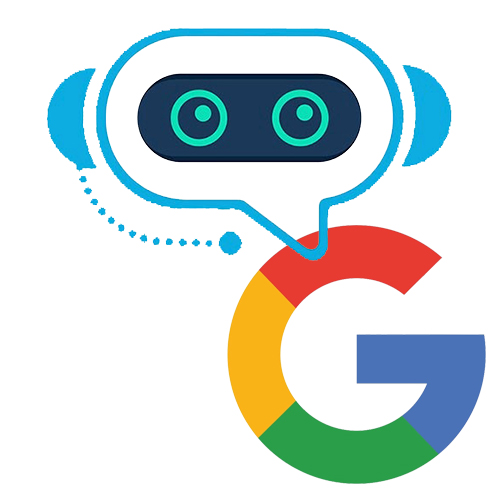 Google chatbot
Google chatbot
Programming & Tech
Google chatbot development
Product Info
Google has been involved in AI and chatbot development through its natural language processing technology. Developers can use platforms like Google Cloud's Dialogflow to build chatbots that understand and respond to user interactions. Steps include defining the chatbot's purpose, designing its conversation flow, integrating natural language processing, testing, deployment, and continuous improvement based on user feedback. For the latest details, refer to Google Cloud's official resources.Development
-
If you're interested in developing a chatbot using Google's technology, here are some steps you might consider:
-
Decide on the Use Case: Determine the purpose and scope of your chatbot. What tasks or interactions will it assist users with? This could range from customer support to providing information, entertainment, or even automating certain tasks.
-
Choose a Development Platform or Framework: Google offers a range of tools and frameworks that can be used for chatbot development. Google Cloud offers APIs for natural language processing, such as the Cloud Natural Language API and the Dialogflow API. Dialogflow, in particular, is a popular platform for building conversational interfaces using natural language understanding and processing.
-
Design Conversational Flow: Design the conversation flow of your chatbot. Plan out how the chatbot will interact with users, handle different scenarios, and provide responses.
-
Gather and Prepare Data: Depending on your chatbot's use case, you might need to gather and prepare relevant data. This could include sample conversations, FAQs, and any other information that the chatbot will use to understand and respond to users.
-
Integrate Natural Language Processing: If you're using Google's natural language processing APIs, integrate them into your chatbot. This might involve sending user messages to the API and receiving back structured data that your chatbot can understand.
-
Develop and Test: Develop the chatbot according to the designed conversational flow. Implement the logic for handling user inputs, generating appropriate responses, and managing context in conversations. Regularly test the chatbot to identify and fix issues.
-
Deployment: Once your chatbot is ready, deploy it to a platform where users can interact with it. This could be a website, a messaging app, or any other platform that makes sense for your use case.
-
Continuously Improve: Collect user feedback and monitor the performance of your chatbot. Use this feedback to continuously improve the chatbot's responses and capabilities. You can also train your chatbot over time to handle new scenarios and understand user language better.
Remember that the specifics of Google's tools and offerings might have evolved since my last update. It's recommended to visit the official Google Cloud website or relevant documentation for the most up-to-date information on chatbot development using Google's technology.
-

